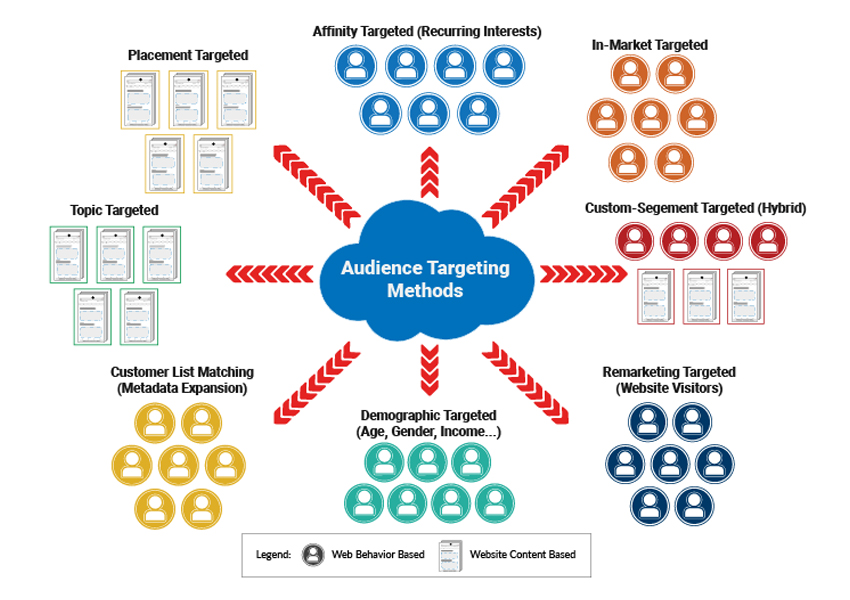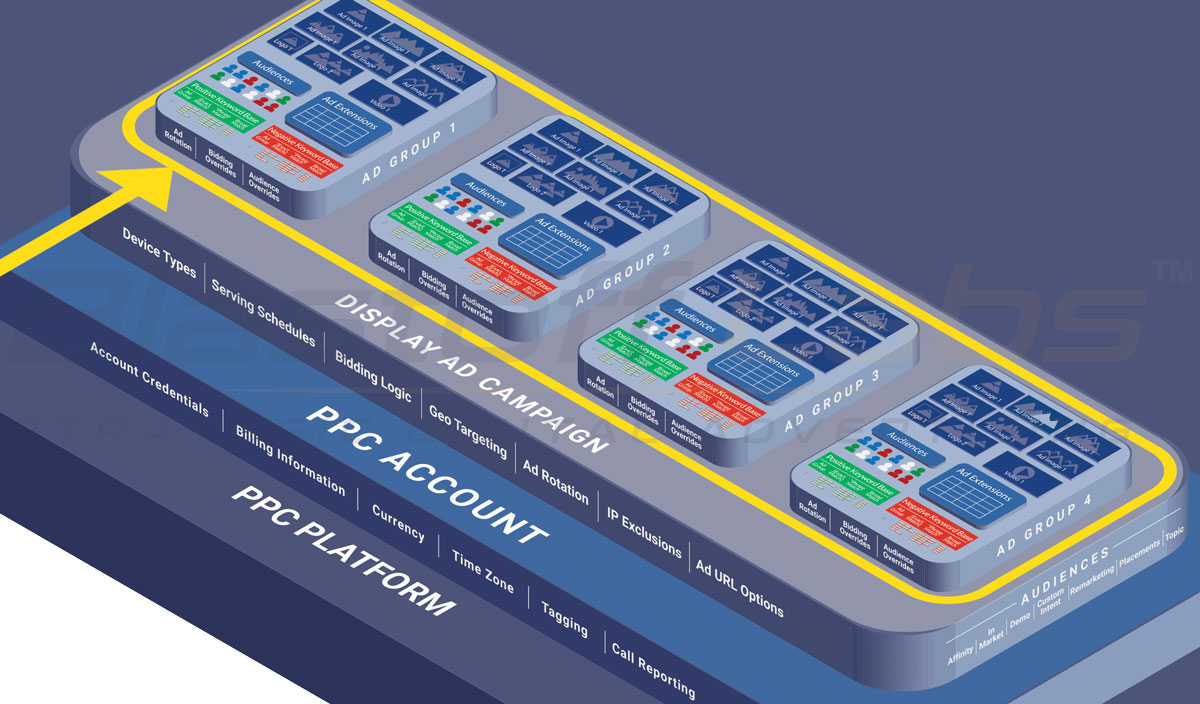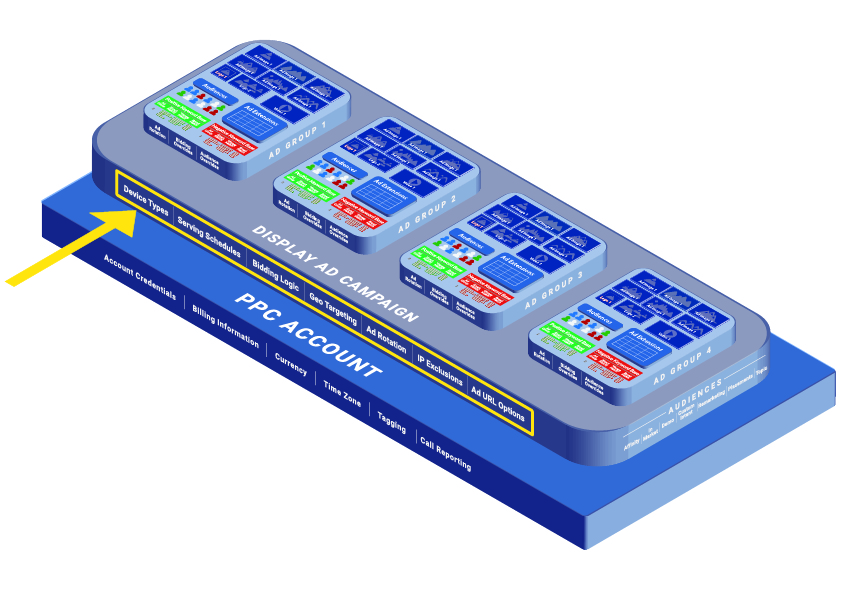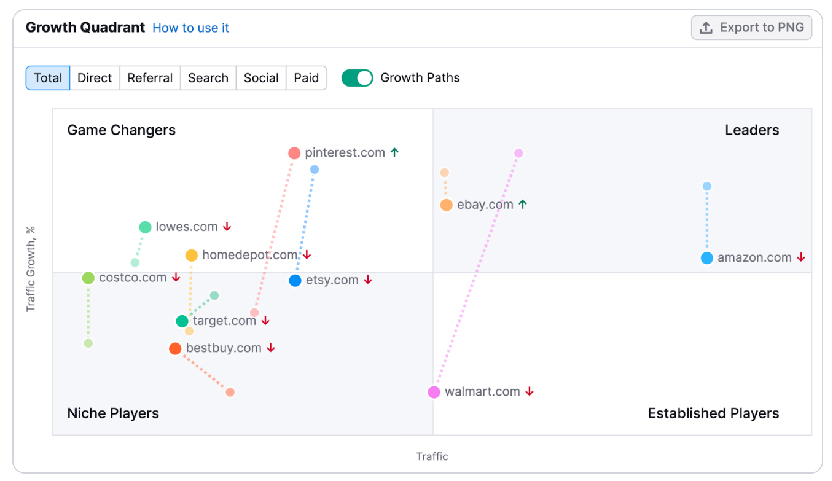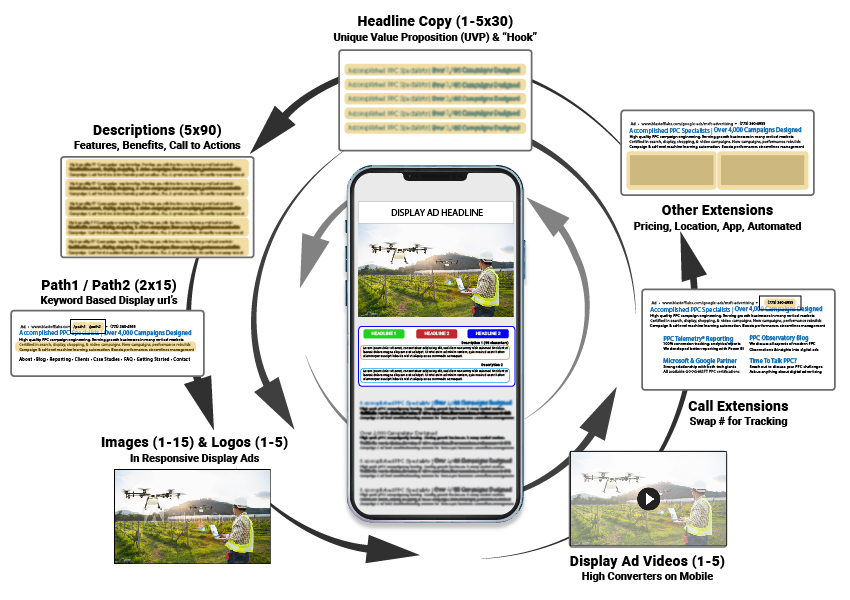Display campaign audiences are the primary means for targeting display campaigns.
There are scores strategies for selecting display campaign audiences to fit the market targeted. The general idea is to understand the demographics, persona, and behavior of the customer; then to find or create audiences that match those characteristics. In addition to positive targeting, it may also be beneficial to exclude certain audiences. These "negative audiences" can be used to shape the targeting to improve campaign performance.
Types of targeting available include direct website placements by specifying URLs, so-called "in-market" audiences (behaviors indicating shorter-term buying interest), persistent interests known as "affinity" audiences, customer list audiences, and demographics audiences which might include age, gender, income level, homeownership, and parental status.

